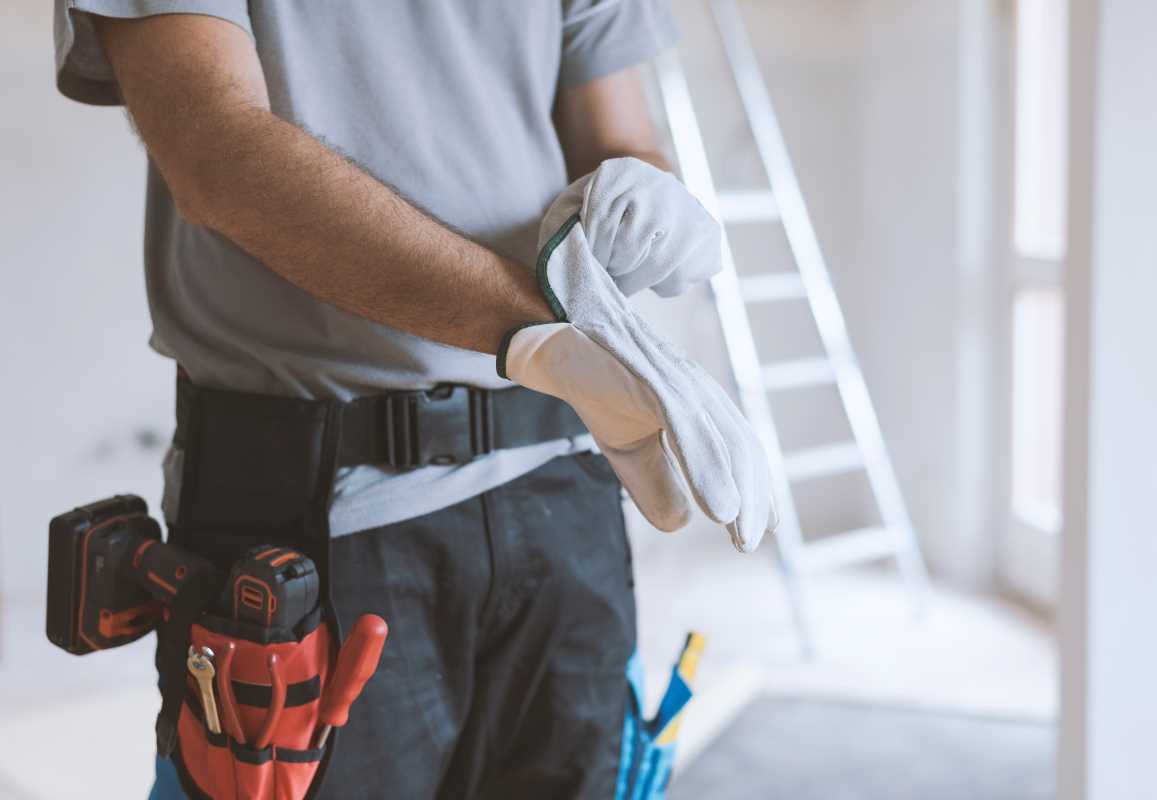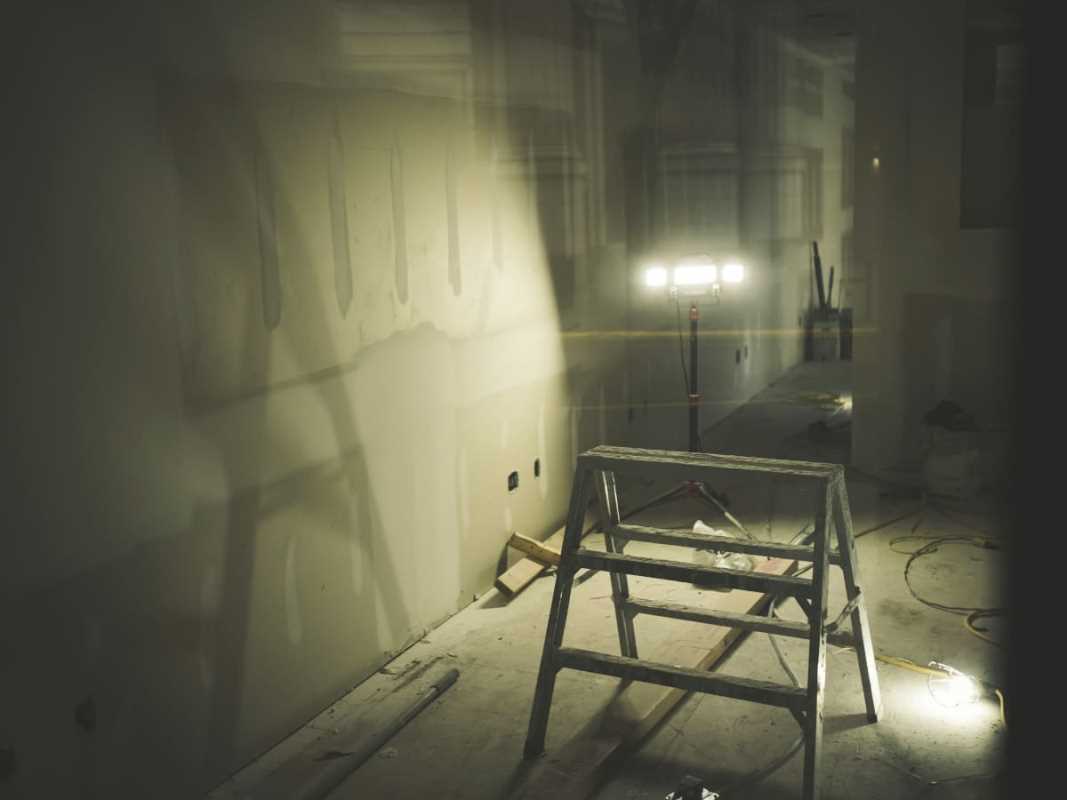When it comes to home renovations, excitement often takes the lead. The idea of knocking down walls, installing sleek new fixtures, or adding more space makes even the slightest DIY itch irresistible. But hold up! Before hammers start swinging and dreams of an open-concept kitchen take shape, there’s a not-so-glamorous but oh-so-important thing to consider: building permits. Many homeowners skip this step, either unaware it’s required or hoping to avoid the hassle.
However, getting a building permit isn’t just a formality; it’s your golden ticket to ensuring safety, value, and legality. Wondering if your project needs one? Look for these telltale signs.
When Structural Changes Are on the Table
If your home renovation involves changing the bones of your house, you’ll almost certainly need a building permit. Structural changes include knocking down load-bearing walls, adding support beams, or reconfiguring layouts that affect the integrity of your home’s framework.
For example, say you’re dreaming of turning two cramped bedrooms into one spacious suite by removing the wall in between. That wall may be doing more than dividing your space, it could be holding up the roof! Without a permit in place to oversee the change, you risk structural instability, possibly leading to costly repairs or safety hazards.
A permit ensures a professional inspects the changes for stability, so your home remains standing strong. Whether it’s expanding a room, modifying chimneys, or creating new doorways, double-check with your local building department before breaking out the sledgehammer.
Think of the permit as your safeguard. It’s less about red tape and more about making sure your renovations improve your home without endangering its durability or safety.
Adding New Rooms or Expanding Outward
Sometimes, instead of renovating what you’ve got, the plan involves adding more. A new room here, an office there, or even a garage extension might be just what your home needs. But any project that includes modifications to your home’s footprint is nearly guaranteed to need a building permit.
Things like pouring a new foundation or extending square footage have significant implications, from property boundaries to structural loads. Check your local zoning laws, too. If your planned addition creeps too close to your property line, that shiny new sunroom could turn into a neighborhood headache.
A permit helps ensure everything is up to code, including insulation and electrical wiring. It’s also your best chance to prove your renovation meets local setback requirements. Preventing disputes with inspectors (and neighbors) is a satisfying bonus.
Permits are especially critical in large-scale projects like granny flats, basements turned into apartments, or accessory dwelling units. Your local building authority will confirm everything aligns with safety and zoning regulations before your yard turns into a construction zone.
Plumbing And Electrical Work
If your renovation involves tinkering with plumbing or electrical systems, it’s time to take permits seriously. Plumbing and electrical updates aren’t just cosmetic changes; they impact core safety systems within your home, making permits non-negotiable.
Picture this scenario: You’re upgrading your bathroom with a brand-new shower setup, and you decide to relocate the toilet for better layout flow. This might seem straightforward, but rerouting pipes without a permit could create future complications. Building codes ensure the work is done safely and won’t lead to leaks, water damage, or even sewage mishaps.
The same goes for installing new lighting systems, upgrading electrical panels, or adding outlets. Sure, wiring looks simple in tutorials, but improper work can increase fire risks. Permits allow inspectors to verify your systems meet current safety standards.
You’ll also thank yourself later if you sell your home. Unpermitted work can raise red flags during inspections, potentially derailing sales or requiring costly post-renovation fixes. Permits eliminate that headache.
Exterior Changes That Affect Curb Appeal
Modifications that alter your house’s exterior appearance may require more than personal taste. From replacing siding to updating windows or adding a deck, exterior changes often have rules, especially if you live in a historically designated area or within homeowners associations.
Take window installations as an example. Energy-efficient updates or adding larger windows might seem straightforward, but they can impact structural integrity or raise egress concerns. Building permits ensure those gorgeous, oversized windows won’t lead to unintended drafts or violate housing codes.
A permit is critical for bigger outdoor projects. Adding a deck, new fencing, carports, or even a driveway involves zoning considerations, like property setbacks and drainage issues. Don’t risk getting halfway through the project only to have an inspector demand construction stops until permits are secured.
Remember also to factor in your local climate. Certain areas have codes to address heavy snow, hurricanes, or earthquakes. Permits guarantee your exteriors can hold up against Mother Nature, all while keeping your home visually stunning and code compliant.
Demolition Projects
Knocking things down seems like the ultimate power trip. Whether tearing out an old kitchen, ripping up basement floors, or removing walls, demolition is often the first step in home renovations. But don’t be fooled by the dust; demolition has its own rules and, often, permit requirements.
The reason? Demolition can uncover or accidentally disturb things like asbestos, hidden wiring, or old plumbing. You need a plan for safely handling these elements, and permits step in to ensure you follow proper disposal and environmental regulations.
Major demolitions might also require waste disposal strategies. Permits often dictate legal ways to remove waste without damaging essential infrastructure like nearby pipes or septic systems.
Small demolitions like removing a non-load-bearing wall or ripping out cabinets may not need permits, but it’s always wise to double-check. It’s better to pause for a permit than pay hefty fines for unapproved work.
When You Plan to Sell Your Home
Renovations add value to your property, but here’s the catch: unpermitted work can act like an anchor pulling it down. If you plan on selling in the future, potential buyers or their inspectors will likely flag any unpermitted projects, forcing you to either fix the work or reduce the asking price.
Imagine showcasing a newly transformed living space, only for the deal to fall through because your breathtaking kitchen lacked the necessary permits. Ouch, right?
Permits legitimize renovations so buyers don’t question their safety. They also provide insurance companies with assurances that improvements meet current safety codes. Without that paper trail, insuring your dreamy upgrades becomes much harder.
Permitted renovations demonstrate value while keeping everything above board. If selling is on your radar, even far in the future, put permits at the top of your list.
The Benefits of Permits and Avoiding the Hassle
Navigating building permits can feel like swimming in bureaucracy. Why jump through hoops? Well, for starters, safety is the main goal. Permits protect you, future occupants, and your home’s integrity. They also keep you on the right side of the law, avoiding fines, penalties, or the anxiety of tearing down non-compliant work.
Skipping permits isn’t worth the risks. You might save a little time upfront, but the long-term consequences could be far costlier. Think of permits as less of a hassle and more as an investment in your renovation’s success.
Knowing When to Ask
When in doubt, always ask. Building departments exist not to derail renovations but to keep them safe, efficient, and legally sound. Call or email your local office with details about your project. They’ll guide you through whether you need a permit and, if so, how to get one.
If a professional contractor is part of your project, confirm they’re securing the necessary permits on your behalf. Be wary of anyone who suggests skipping this step to save time or money, that’s a red flag the size of your soon-to-be upgraded roof.
Renovating can be thrilling, but the administrative checklist is just as crucial as the design plan. Securing building permits isn’t just about following rules; it’s about creating spaces you can enjoy safely and proudly for years to come.







